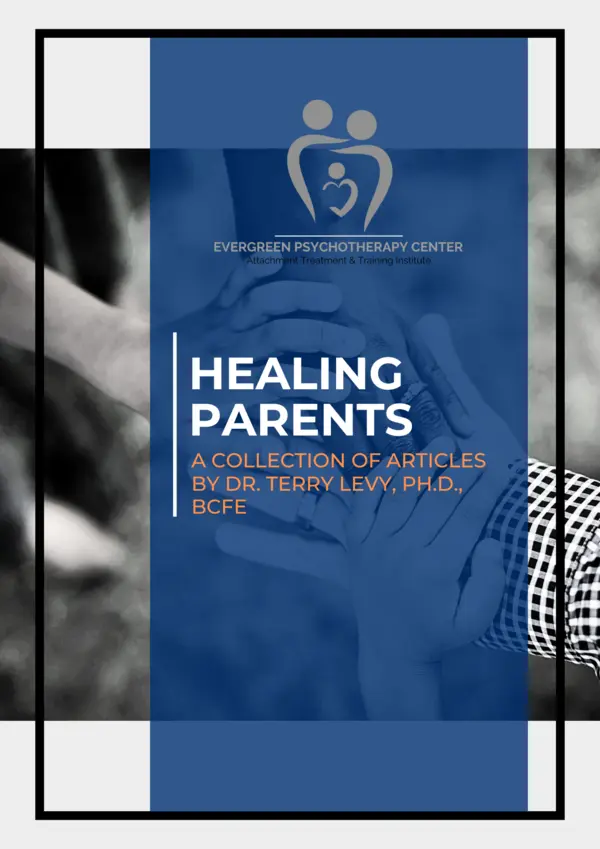The effects
- Psychological, social and biological distress
- Challenges of core beliefs
- Anxious, avoidant and disorganized attachment patterns
- Fear, anxiety, depression and dissociation
- Shame, self-blame and a victim mindset
- PTSD: re-experience, avoidance, arousal emotional numbing
- Biochemistry and writing of brain
- Stress response: fight-flight-freeze; dysregulated (cortisol, epinephrine, norepinephrine, dopamine, serotonin)
- Health problems, including of the heart, stomach and immune system
Impact of Childhood Trauma
Although every child is unique, there are many factors determining the biopsychosocial impact trauma has on children. Among them:
- Severity of the traumatic event
- Developmental stage: younger children are more vulnerable
- Genetic predispositions
- Perception: every experience is unique; child’s cognitive appraisal
- Premorbid functioning: child’s trauma history
- Family functioning: caregiver response to traumatic event
- Attachment history: secure attachment mitigates negative impact
- Intervention: the sooner the better; reduces defenses and enhances coping skills.
Developmental Issues and Trauma
To understand and help children with histories of maltreatment and compromised attachment, it is crucial to focus on developmental issues. Emotional and behavioral reactions to trauma are associated with the child’s ability to understand and internalize experiences, which depend on the child’s stage of emotional and cognitive development. For example, children typically feel responsible for maltreatment — as if they caused the abuse or neglect to occur. This contributes to the development of the child’s negative internal working model: “I’m bad, unworthy of love, defective.”
A developmental perspective focuses on how development occurs over time among psychological, biological, and social systems. Development consists of a series of age- and stage-relevant tasks that are essential to learn. Learning early stage-salient tasks increases the likelihood that subsequent developmental issues and tasks will be mastered successfully.
The development of attachment relationships is a stage-salient task essential in the first few years of life, and it continues to affect development into adulthood. Secure attachment in the early stages leads to the mastery of many skills and abilities as development unfolds. For example, children with secure attachments have more trust in others, confidence, success in relationships with family, peers, and teachers, behavioral and academic competency, and positivity in their views of self and others (Toth, Manly, & Hathaway 2011).

